History
A Century of Tomchei Tmimim
In 1917, the Bolshevik Revolution took place in Russia; within a short time, virtually any kind of formal Jewish education was made illegal by the new Communist rulers.
T
he yeshiva took to operating underground, with teachers facing harsh penalties if they were caught: sentences often years or more of hard labor in Siberia, or a merciful death at the hands of a firing squad. Tens of young rabbis paid the ultimate price for continuing the survival of Judaism in the Soviet Union, at any cost. When Rabbi Joseph Isaac Schneersohn (the Rebbe Rayatz) exited the Soviet Union in 1927, the yeshiva reestablished itself in Warsaw and later in Otwock, Poland. When in the course of World War II the Rebbe was safely evacuated to New York. The yeshiva first escaped to Shanghai and then was reestablished in America and Canada, where it remains to this day. The Yeshiva is guided by the teachings of its seven leaders (“Rebbes”), beginning with Rabbi Schneur Zalman of Liadi, of righteous memory (1745-1812). These leaders expounded upon the most refined and delicate aspects of Jewish mysticism, creating a corpus of study thousands of books strong. They personified the age-old, Biblical qualities of piety and leadership. And they concerned themselves not only with Chabad-Lubavitch, but with the totality of Jewish life, spiritual and physical. No person or detail was too small or insignificant for their love and dedication. In our generation, the Lubavitcher Rebbe, Rabbi Menachem Mendel Schneerson known simply as “the Rebbe,” guided post-holocaust Jewry to safety from the ravages of that devastation. In 5717, the Rebbe first established a branch of the Lubavitcher Yeshiva in Toronto, and the city began immediately feeling its’ impact. Forty years later, in 5757, the Yeshiva was re-opened, as an affiliate and supplement of the burgeoning Cheder Chabad, headed by Rabbi Akiva Wagner. The Yeshiva has continued to grow since, and served the religious needs of the Toronto community in countless ways.

